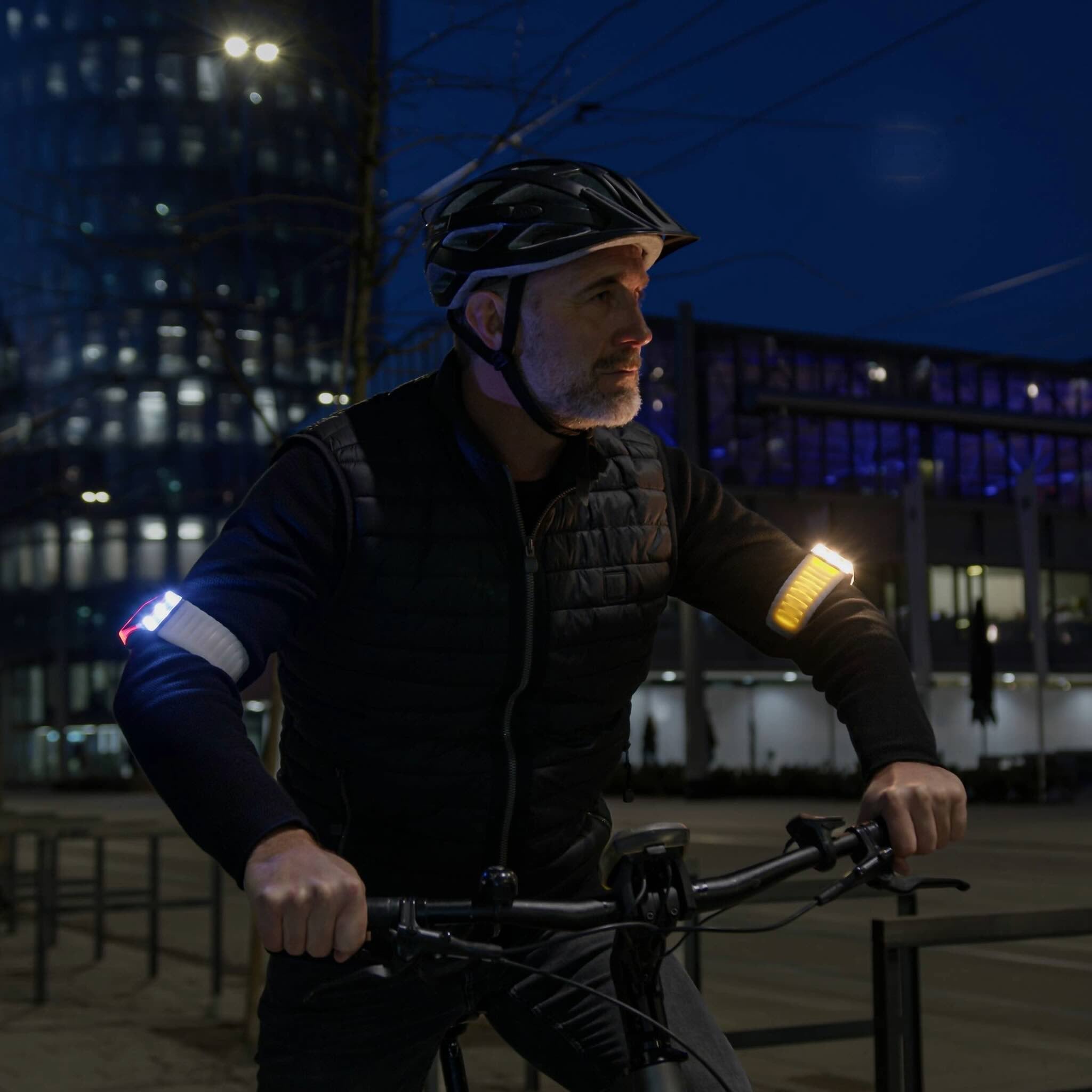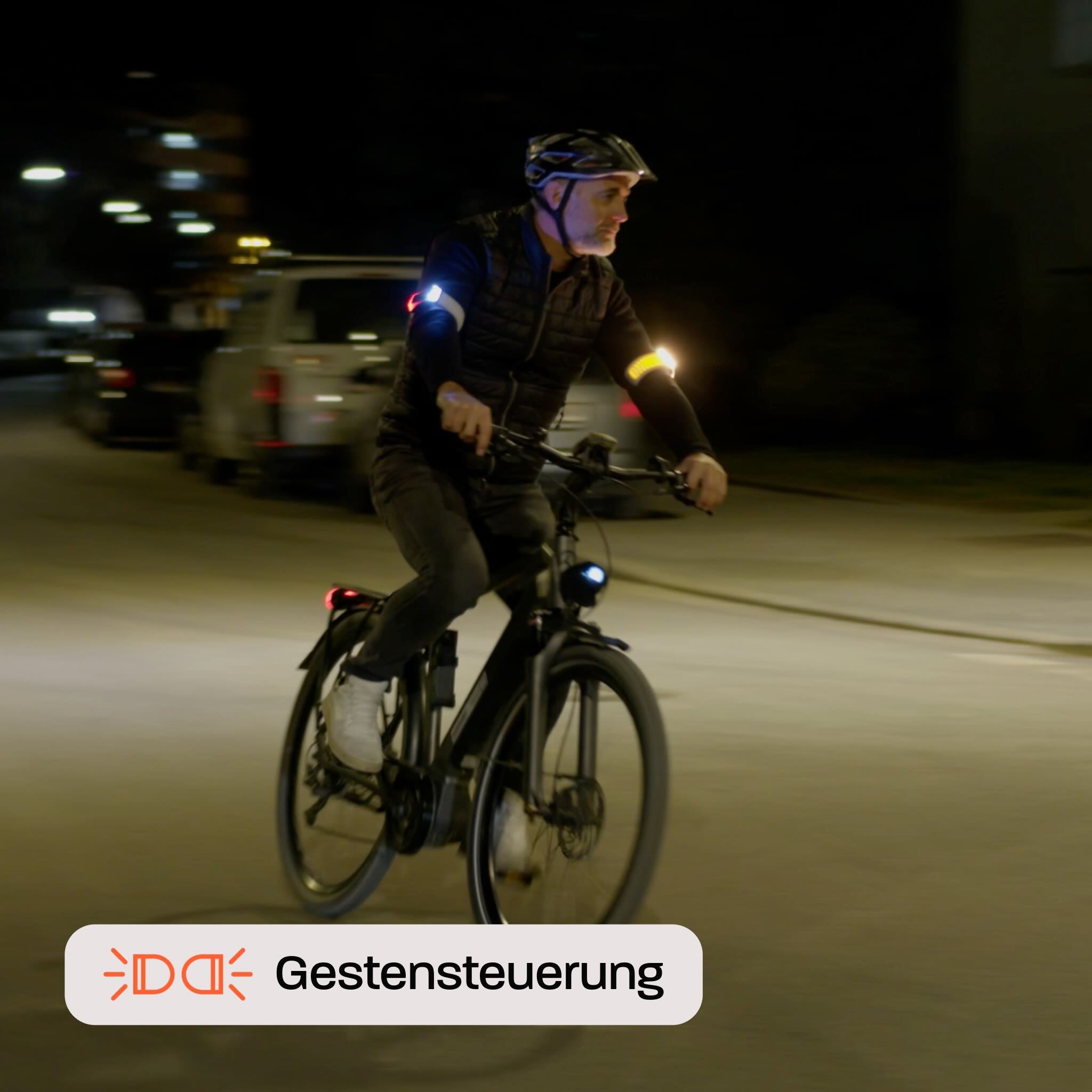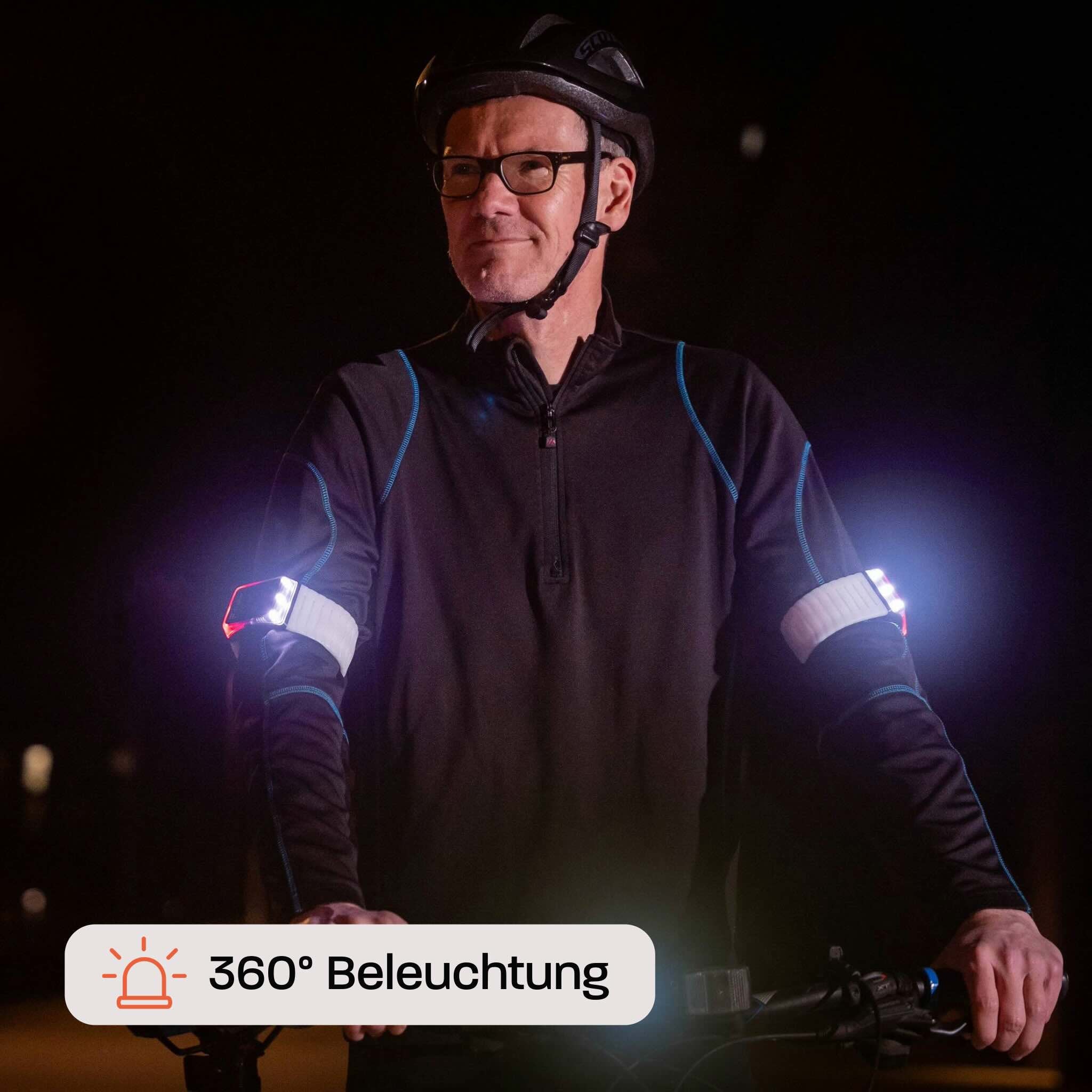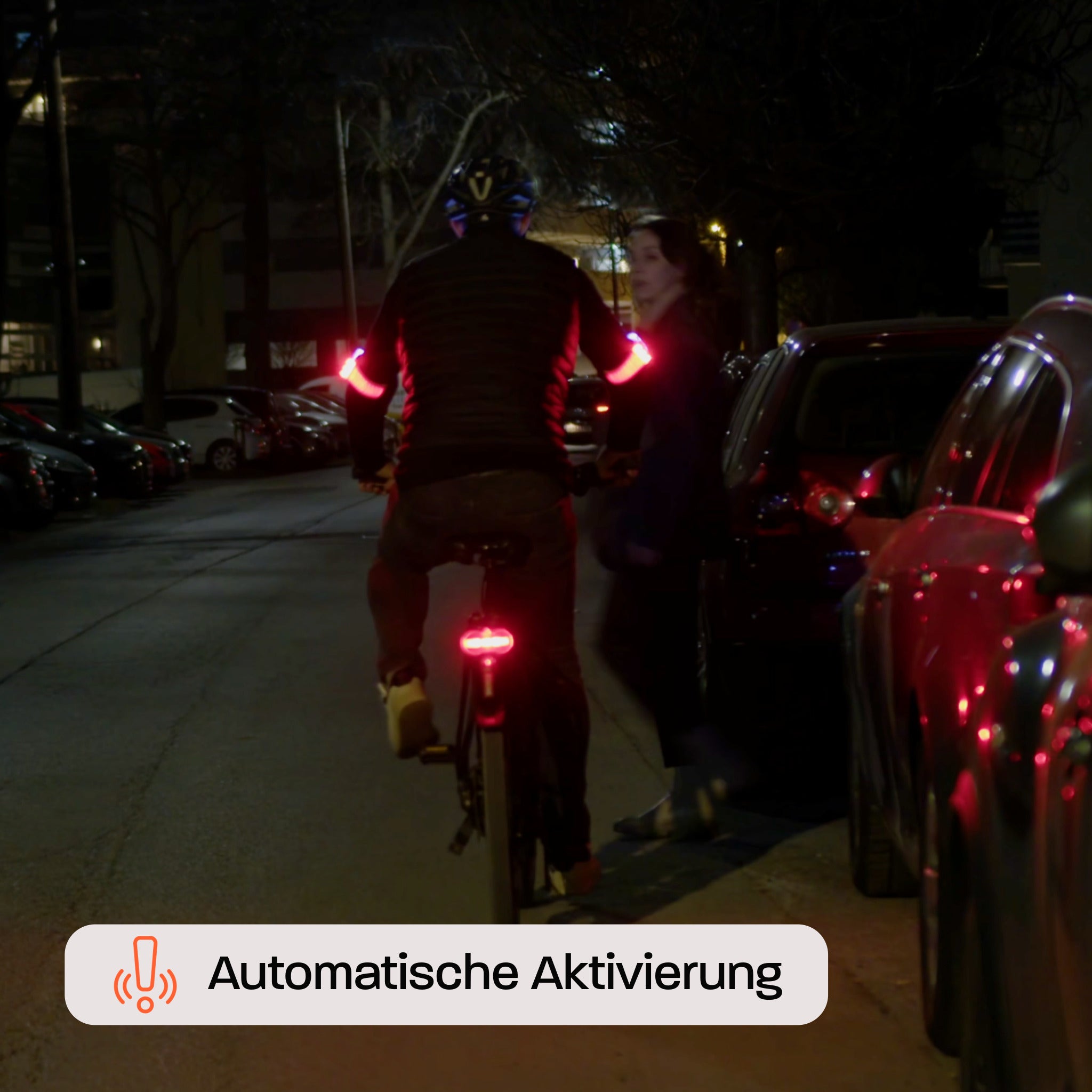Advantages and disadvantages of e-scooters

E-scooters have become an integral part of urban transport in recent years. They offer a mix of convenience and environmental friendliness that appeals to many people. But are they really worth the hype? In this article, we take a closer look at the following points regarding e-scooters:
- Cost
- Security
- Convenience and accessibility
- Environmental friendliness
Check out part two of this analysis, " Is an e-scooter right for you? ", where we look at points such as power/range, health benefits and social elements.
Cost considerations
When considering whether an e-scooter is financially worthwhile, you should differentiate between the purchase costs and the running costs.
Buy or rent an e-scooter?
Purchasing an e-scooter can be a significant initial investment. While certain models can be purchased for around €300, higher quality, more durable and more comfortable vehicles tend to cost €800 and up. In the long term, however, these e-scooters offer great savings in transportation costs compared to other vehicles. On the other hand, renting e-scooters via app-based services offers a cost-effective alternative for occasional use. The right choice depends on your own needs and, above all, how often you ride the e-scooter. If you make more than 10 trips per month, it is probably worth investing in a high-quality private e-scooter.
Charging and maintenance costs
E-scooters are relatively inexpensive to run. Charging fees are minimal compared to the fuel costs of a car, and maintenance is usually straightforward. Choosing your electricity plan gives you additional control over these ongoing costs.
Although an e-scooter also has wearing parts (e.g. tires, battery, suspension, lighting) that wear out through frequent use and require occasional repairs or replacement, the parts are also significantly cheaper than those for a car, for example, and high-quality e-scooters are also durable.
Safety on e-scooters
Accident rates: How safe are e-scooters?
Safety is very important for e-scooter riders. Accidents involving personal injury often occur due to balance problems caused by the low wheelbase when you try to give a hand signal. According to statistics, only 2% of e-scooter riders give a hand signal to change direction. This fact, combined with poor visibility due to poorly mounted lighting (not at the driver's eye level or only on the handlebars so that it is obscured by the driver), leads to thousands of collisions with other road users every year. E-scooters are therefore among the vehicles with the highest proportion of accidents involving personal injury.
Lighting should therefore be worn as far out on the body and high up as possible so that you are always clearly visible on the e-scooter. In order to be seen by both oncoming traffic and following traffic, you have to be visible from 360°. Indicators should also be used when turning and brake lights when braking, which should also be worn far out. Certain helmets, mounted indicators and indicator bracelets such as flashers are worth their weight in gold here.
Protective clothing and behavior
Wearing protective clothing such as helmets and knee pads and using additional lighting is essential for the safety of e-scooter riders.
However, since e-scooters are generally weaker vehicles, you usually come off worse in an accident. To protect yourself, you should therefore pay particular attention to your surroundings when driving, follow traffic rules and avoid risky maneuvers. In the end, as a driver, you also have an influence on reducing your risk of accidents through correct behavior and the best possible equipment.
Know your rules
Proper behavior also includes familiarizing yourself with the laws and regulations that apply in your city, town or state. Mobility clubs such as the ADAC, ÖAMTC and TCS also have a lot of documentation on proper behavior on e-scooters. Also find out whether you can use your lights or accessories such as flashers on your e-scooter .












Flasher Duo
The smartest bicycle and e-scooter lights in the world:
- Gesture control turn signal indicators
- 4 modes with ultra-bright 360° LEDs
- Automatic emergency brake lights
- Compliant with road regulations & water-resistant
- Additional features via Flasher app [optional]
Convenience and accessibility
One of the biggest advantages of e-scooters is their ease of use. Most models are intuitive and require minimal effort to start and operate. This ease of use makes them accessible to a wide range of people, from tech enthusiasts to casual users.
What cannot be overlooked is the stability of e-scooters. This has a major impact on comfort and driving experience and can limit accessibility for people who have problems with balance. Because of the narrow handlebars and small tires of e-scooters, they are unstable on uneven surfaces and especially when turning. Driving one-handed, such as when giving the hand signal, is practically impossible. Safety equipment such as flashers should be used here, which provide a turn signal that can be activated without having to take your hands off the handlebars.
Environmental friendliness
Reduced emissions
E-scooters produce no emissions during operation, making them a more environmentally friendly alternative to cars and motorbikes. By reducing dependence on fossil fuels, they help reduce urban air pollution and promote cleaner cities. Their electric motors are also quieter, reducing noise pollution in busy urban areas.
High energy efficiency
E-scooters are remarkably energy efficient. They use significantly less energy per kilometer compared to cars, making them a more sustainable choice for short distances. This efficiency translates into lower running costs and a smaller carbon footprint, in line with global efforts to combat climate change.
Optimizable: Power source
E-scooters are more sustainable the more sustainable the energy source they are charged with. If e-scooters are charged with electricity from fossil fuels, the sustainability of the vehicles is indirectly reduced. However, the scooters can of course also be charged with green electricity, which in turn is positive for the sustainability profile.





